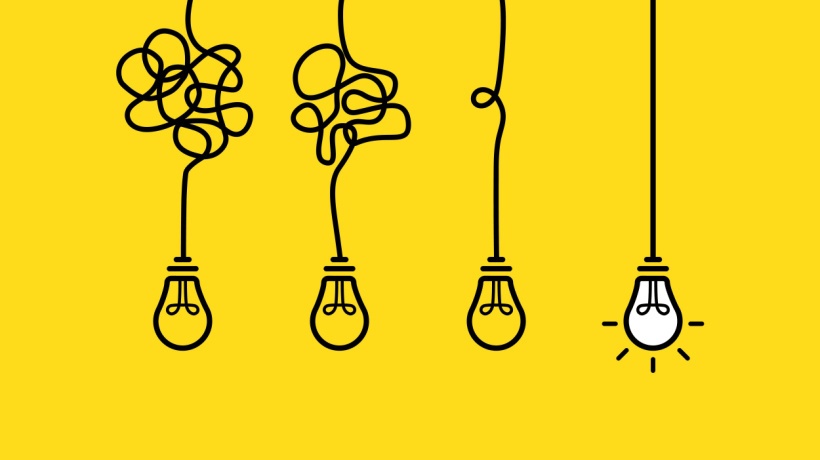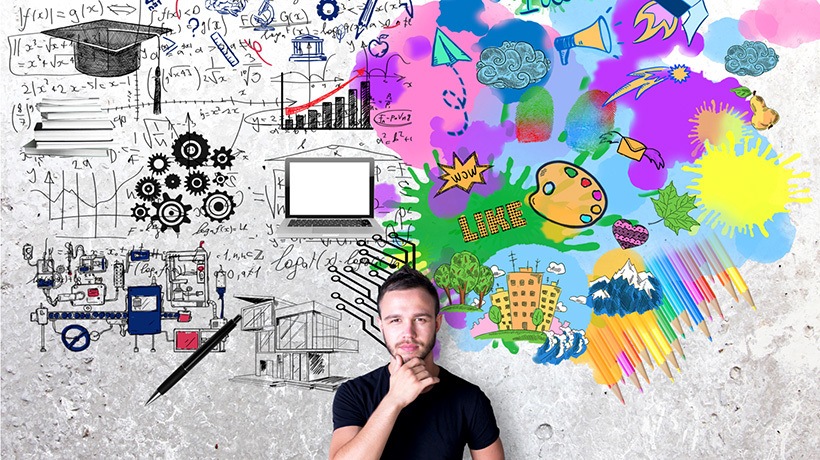Enhancing L&D Through Design Thinking
In an era where adaptability and innovation are indispensable, the approaches we employ to tackle challenges and foster progress within businesses become crucial. Design thinking emerges as a potent tool, not solely for product development or customer experience enhancement, but also in the realm of Learning and Development (L&D). L&D managers and senior HR executives continually seek novel, more efficient methods to craft engaging learning journeys. Design thinking, renowned for its empathetic and iterative nature, offers a fresh lens for addressing L&D issues. Placing learners at the forefront, it urges us to reimagine how we design, deliver, and assess learning experiences. Let's delve into how this approach suits today's workforce and catalyzes organizational innovation.
Understanding Design Thinking
Design thinking is fundamentally a human-centric approach to problem-solving. It prompts us to consider deeply how the people we're designing for interact with the system, whether it's content, products, or training modules. Moreover, it challenges our assumptions about the problems at hand, leading us to ask questions that may unveil unique alternate solutions. In the realm of Learning and Development, this entails prioritizing learners and their needs at every stage, from designing a training program to its execution.
Design thinking in L&D isn't just a step-by-step process; it's a mindset that values collaboration, empathy, and experimentation. Rather than simply dumping information with facts and figures into a training module, a better approach is to create it from the learners' perspectives. Understanding their motivations, both individually and as a group, and aligning them with the organization's goals is crucial. Identifying learners' pain points, experiences, and aspirations and using them as the foundation for their unique learning journeys can significantly impact the success of your L&D initiative.
Key Principles Applicable To L&D
- Understanding empathy
Putting ourselves in learners' shoes helps us grasp their training experience, enabling us to create truly relatable content. - Creative ideation
Generating fresh and exciting learning methods breaks away from the ordinary, igniting enthusiasm for learning. - Encouraging experimentation
Embracing new learning methods allows us to explore and innovate, keeping our approach dynamic and engaging. - Continuous iteration
Refining our methods based on real feedback ensures ongoing improvement and adaptability, keeping our strategies effective and relevant.
The essence of design thinking lies in these four principles, emphasizing flexibility. They can be seamlessly applied to various challenges in L&D, whether it's crafting engaging content or enhancing User Experiences in mobile learning modules. Now, let's delve deeper into how these principles can be practically implemented.
Applying Design Thinking In Your Next L&D Project
For L&D managers and HR personnel, the challenge extends beyond developing and delivering high-quality learning content—it's about ensuring its impact. Here's where design thinking proves invaluable. Since content development is typically informed by initial learner interactions and motivations, its relevance grows as you progress in the development journey. Integration of design thinking into L&D programs demands a mindset shift; moving from generic training programs to dynamic, learner-centric approaches marks the first step.
Start With Understanding The Learner
Redirect the organization's approach to employee training by directly engaging with them to grasp their challenges, preferences, and goals. Empathy is pivotal here; schedule interviews, surveys, and observations to gain deep insights into the learner experience.
Encourage Collaboration
Design thinking flourishes in an environment of collaboration and cross-functional teamwork. L&D initiatives transcend single departments, offering opportunities for diverse teams to collaborate and share experiences.
Embrace Rapid Content Development
Iteration and experimentation are core aspects of design thinking. Rapid eLearning development facilitates quick idea testing with small learner groups, allowing for immediate feedback and iterative improvements.
Facilitate Feedback Loops
Establish agile feedback mechanisms at every stage of the learning journey to collect insights effortlessly. Regular check-ins and assessments enable L&D managers to refine learning programs based on learner needs over time.
Measure Impact And Scale Success
Continuously measure the impact and ROI of L&D initiatives, focusing on metrics beyond completion rates and test scores. Consider scaling successful design thinking-inspired programs to other areas of the company for enhanced effectiveness.
In Conclusion
Design thinking offers a robust framework for enhancing L&D practices, focusing on human needs and fostering innovation. Organizations that integrate design thinking into their L&D initiatives can anticipate improved learning outcomes and a more innovative organizational culture.
What are your thoughts on implementing design thinking into L&D programs? We welcome your comments below.










